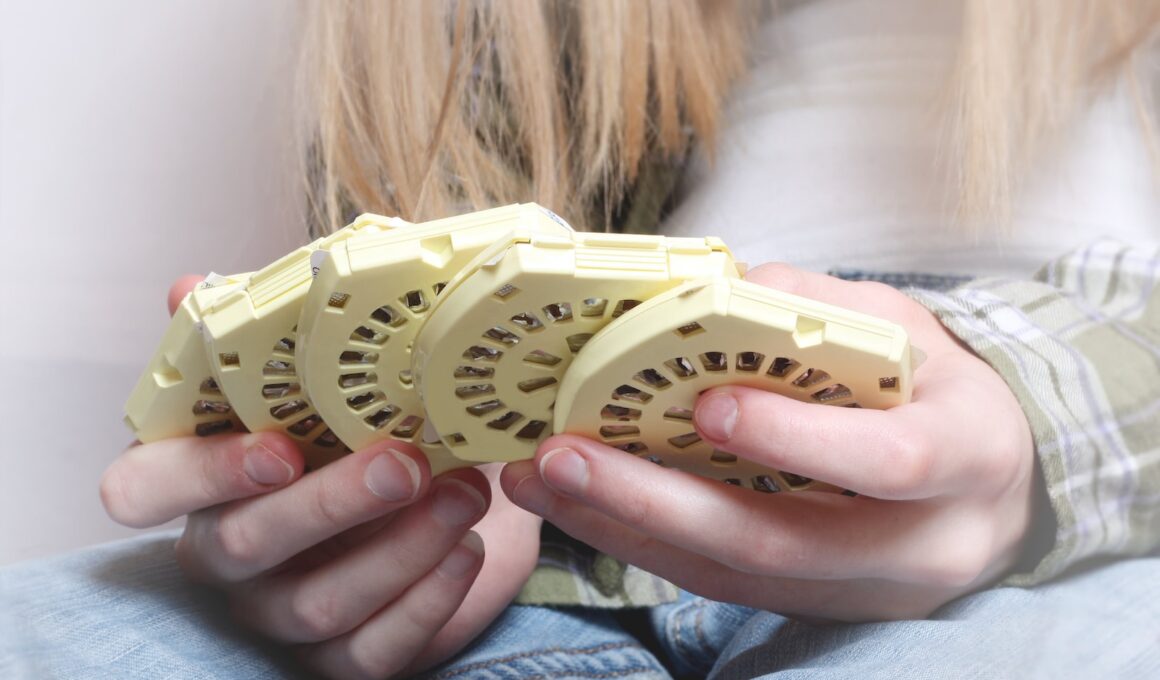Many birth control methods, such as pills, IUDs, implants, and condoms can reduce or even stop your periods. Some may take a few months to work.
Pills contain hormones that suppress ovulation and limit the growth of the uterine lining. They are sold in packs of 21 days of estrogen and progestin or 84 days of low-dose progestin only pills.
Pills
The pill (or oral contraceptive) is a hormonal birth control option that can stop periods and protect against pregnancy. Women who use the pill can choose from a combination pill that contains both estrogen and progestin or a low-dose progestin only pill called the mini pill. Women who use the mini pill can skip their period completely, or have very light periods if they want.
The hormones in the pill prevent the lining of your uterus (your endometrium) from growing thicker as it would during a normal menstrual cycle, which prevents fertilization of an egg by sperm. The pill also prevents ovulation by inhibiting the release of an egg. If you use the pill correctly, with no breaks in the packet, it will usually start working at the beginning of your menstrual cycle or shortly after.
However, the timing of the pill’s effectiveness can vary slightly from month to month. This can be caused by factors such as the length of your menstrual cycle or if you have a tubal ligation (or having your tubes tied), which stops the release of an egg and reduces the chances of becoming pregnant (2).
It’s important to use a back-up method like condoms if you have penis-in-vagina sex while on the pill. Also, if you have diarrhoea (6 to 8 watery poos in 24 hours) or are sick after taking the pill, it could be that it hasn’t been absorbed properly and isn’t working (7).
IUDs
The IUD is a small, T-shaped device that your provider inserts into your uterus. You can get a hormonal IUD that releases progestin, which helps prevent pregnancy by thickening the cervical mucus so sperm have a harder time getting to an egg. (This is called the “cervical mucus method” of birth control.) There’s also a copper IUD, which has the same effect but doesn’t release any hormones. These IUDs can last 3 to 10 years and don’t require any daily care.
If you choose a hormonal IUD, your periods may be lighter or go away altogether. You might also experience spotting between your periods or have irregular bleeding. This is usually normal and goes away after a few months. (If it doesn’t, talk to your doctor.)
With a copper IUD, you might have heavier periods at first. This is because the copper thins the lining of your uterus. But it’s common for this to improve over time, and many women end up with light or no periods with a copper IUD.
Both types of IUDs are a good choice for women who want birth control that doesn’t involve taking pills or using barrier methods. They’re easy to use, don’t require any daily maintenance, and are very effective at preventing pregnancy. However, there’s a very small risk that an IUD could puncture the uterus or cause an infection during insertion.
Implants
This hormonal birth control method uses an implant that slowly releases progestogen. The hormone prevents pregnancy by stopping the release of an egg each month (ovulation). It also thickens the mucus in your cervix, making it harder for sperm to reach an egg and fertilize it. It’s the most effective form of reversible hormonal birth control.
It can protect against pregnancy for up to 3 years. A healthcare provider inserts the implant for you in their office. They’ll numb an area in your upper arm so you don’t feel pain. A small, matchstick-sized rod is then placed underneath your skin. A healthcare provider will then cover the site with a bandage. You’ll need to use backup birth control like condoms for 7 days after your implant is inserted.
The implant works best if it’s inserted during the first 5 days of your menstrual cycle. This is because your mucus is thinner, clearer and more slippery on these days than others in your menstrual cycle. It’s best to avoid getting pregnant during this time and for a few days after, so you might want to use an ovulation calendar or an ovulation kit to help you figure out when you ovulate each month. Your healthcare provider will let you know how long the implant will last, and it can be replaced every three years.
Condoms
Aside from being a cheap option, condoms protect against both pregnancy and sexually transmitted infections (STIs). They can be effective right away, but they need to be used correctly. You must put them on before skin-to-skin contact or penetration, and remove them right after ejaculation. Also, make sure to use a new pair every time.
Hormonal birth control can cause lighter periods, help with cramping, improve PMS, ease acne and bloating and reduce the risk of ovarian and uterine cancer. But it is important to remember that hormones can increase your risk of blood clots, and you should always use a backup method, like a condom, when using hormonal birth control.
Oral contraceptive pills, which are usually the most prescribed form of birth control, work by blocking the release of an egg (ovulation). They are over 99% effective when taken correctly. However, they can take up to seven days to be fully effective, depending on where you are in your menstrual cycle. The NHS advises that it’s best to start taking the pill at day one of your period.
Other hormonal birth control options include the shot, ring, implant and IUD. They all prevent pregnancy and can be used immediately. Nonhormonal options include spermicide or vaginal pH regulator gel, which kill sperm or stop them from reaching an egg to fertilize it. Barrier methods such as condoms, diaphragms and cervical caps can be effective right away if you wear them properly and they fit well. Permanent sterilization surgery, known as tubal ligation or a hysterectomy, blocks your fallopian tubes to prevent an egg from reaching the uterus and being fertilized.









